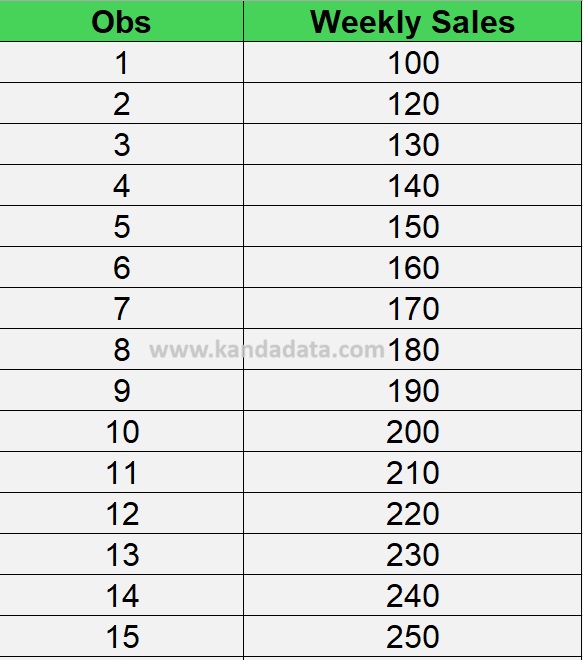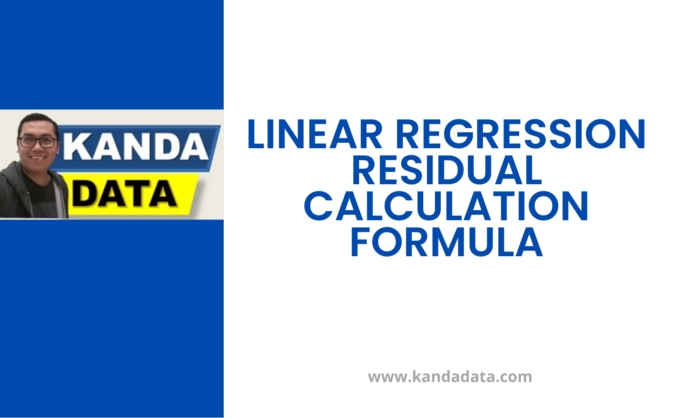Tag: statistics
What to Do If the Regression Coefficient Is Negative?
Linear regression is one of the most commonly used statistical analysis techniques to understand the impact of independent variables on a dependent variable. In regression analysis, the estimated coefficients indicate the extent to which each independent variable affects the dependent variable.
Why Should Data Transformation Be Done Only Once?
Data transformation is an essential step in inferential statistical analysis. It can be a solution to ensure that research data meets certain required statistical model assumptions, such as normality, linearity, and homoscedasticity.
How to Find Residuals Using the Data Analysis ToolPak in Excel
Residuals are the differences between the observed values of the dependent variable and the predicted values from the dependent variable. Residuals are an important measure in inferential analysis, particularly in regression analysis. Given the importance of residuals, we will discuss how to find residual values using Excel.
Handling Non-Normally Distributed Data by Removing Outliers
The topic I’m writing about today is prompted by questions on how to handle data that is not normally distributed. We know that in quantitative analysis, several statistical tests require that the data be normally distributed. This is an interesting topic that we will delve deeper into in this article.
Data Measurement Scales for Likert Scale Variables in Non-Parametric Statistics
The use of variables measured with the Likert scale is certainly familiar to us. This scale is often applied in research involving non-parametric variables.
Interpreting Negative Intercept in Regression
When conducting regression analysis, we obtain the intercept and coefficient estimates for each independent variable. These values, both intercept and coefficients, can be positive or negative.
Linear Regression Residual Calculation Formula
In linear regression analysis, testing residuals is a very common practice. One crucial assumption in linear regression using the least squares method is that the residuals must be normally distributed.
Understanding the Difference Between Paired T-Test and Wilcoxon Test in Statistics
In the realm of statistics, associative tests play a crucial role in examining differences, relationships, and influences between variables. One common form of associative test is the test for differences, which aims to compare the means of two or more sample groups.






